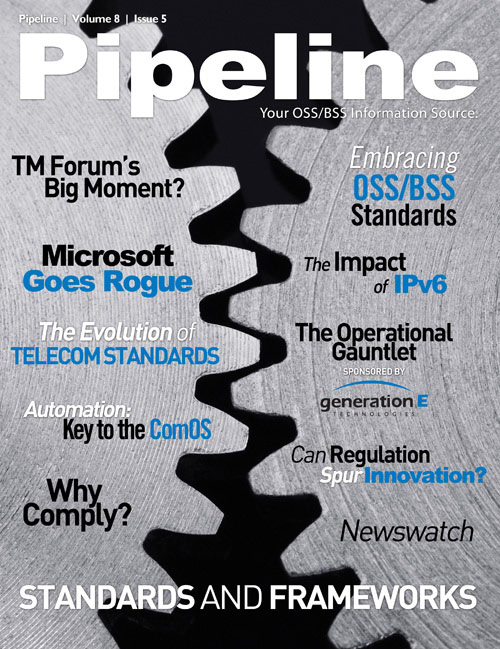Caution: Service-Oriented Architecture Ahead
The key to technological and commercial evolution is adaptation. The old model of integrating siloed applications required programmers to write complicated, custom utilities—a tedious, time consuming endeavor—to read and decode data before it can be shared with other applications, and that simply cannot keep up. On the flip-side, the emergence of service-oriented architecture (SOA) is not so much revolution as it is evolution. The promise of SOA lies in its ability to deliver interoperable, independent, modular and reusable software in the form of components or “services.” This affords businesses the nimbleness they need to adapt quickly but, more importantly, it’s all made possible by open standards.
With that said, it is not enough to simply embrace the technology.More important to the full realization of the benefits of open standards and SOA is the need for companies to embrace change on a cultural level and to step away from the silo, in terms of both IT and thinking. Herein lies the rub; as any anthropologist will tell you, culture evolves at a snail’s pace.
The elder Moltke gave us the military maxim, “No plan survives contact with the enemy.” A real world variant translates this into the notion that any plan, idea or concept is only as good as the humans who implement it.

The New and Improved Partner Ecosystem
There is hope, though. Microsoft has come full circle from the days when OLE was a springboard for open standards innovation. In the years since, the company’s predilection toward proprietary APIs had made it a usual suspect in the vendor lock-in lineup, however, in the last five years, Microsoft has softened toward open standards and shifted to a stance more friendly to open source.
In fact, Microsoft might be at the forefront of a completely new conceptualization of OSS/BSS. Instead of pursuing an acquisitions strategy to accumulate a “best-of-suite” OSS/BSS offering to compete with the Oracles of the world, Microsoft has embraced partnering. “The strategy is to build a vibrant partner ecosystem,” said Dmitri Lozdernik, Communications Sector Industry Director at Microsoft. This approach leverages Microsoft’s Dynamic CRM and enables a multi-vendor environment, Lozdernik explained in a meeting with Pipeline at Mobile World Congress in Barcelona.
Earlier this year at Mobile World Congress, Microsoft unveiled it had partnered with Ericsson to pre-integrate Ericsson's billing solution into the latest version of Dynamic CRM. Similarly, the Redknee-Microsoft alliance, “brings about a transformation in the telecom billing space by providing an expanded and pre-integrated software solution to communication service providers.” says Microsoft.
As Microsoft sees it, why build or buy when you can interoperate?










